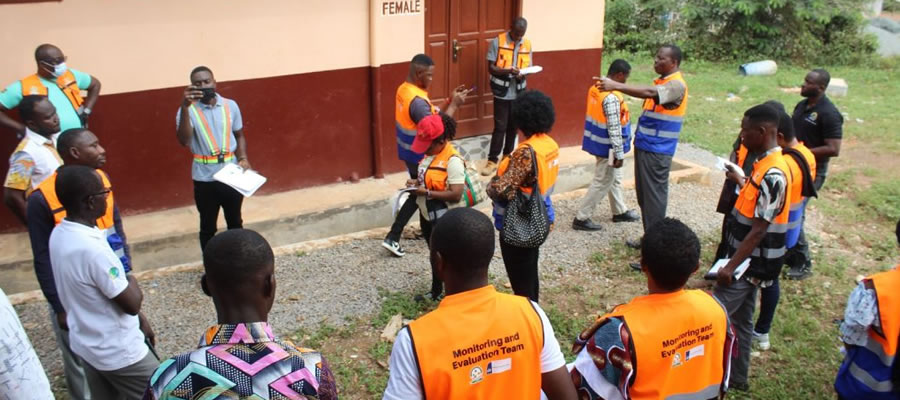

Development cannot occur in a vacuum but rather involve people. To determine the implementation strategy towards sustainable development, one requires adequate information on the people involved. In planning one of the most important indices for decision-making is the threshold concept.
This concept provides the basis for the determination of the needed numbers of persons to support the provision of the various infrastructure and service facilities in society. By so doing, the scarce resources are maximized, hence the analysis of population in this regard.
Population Size and Growth Rate
The published results of the year 2000 population and Housing Census enumeration gave the a total population of 232,699 at a growth rate of 2.97 percent. The projected figure for 2006 was 266,857 made up 134,941 males and 130,916 females at a growth rate of 3.0 which was higher than the national figure of 2.7 percent. The summary of the population for 2005 to 2009 is presented.
Age and Sex Composition
Analysis of the population figures shows that the age and sex distribution had not changed significantly. In 2005 the male – female ratio for the was 103:100 and the same ratio was registered in 2005 and 2006. The male dominance could be explained by the high level of male in-migration search of employment in the many mining and auxiliary companies operating . The age structure, like most developing economics had remained largely the same.
The ages between (0 – 14) years which is 25 percent still constitutes a fairly large proportion of the population, however, it is lower than the national and regional figures of 44.8 and 45.0 percent.
Labour Force and Dependency Ratio
The labour force comprising age groups 15 plus to less than 64 and this constitutes 70.1 percent, which is extremely high compared to the regional and national figures of 53.1 and 52.2 percent respectively. As a result of the high labour force has very low dependence ratio of 100:43.
The implication here is that, every hundred persons have 43 more persons to cater for and therefore more people who could potentially cater for those in the dependency group. In economic terms this could reflect in more saving and availability of capital for business as less pressure is exerted on the income of the working class.
Population Density
With relative fixed landmass any increase or decreases in population eventually influence the population density . The density of the population for the has therefore been increasing steadily due to the consistent increases of The Wassa West District is predominantly rural. Out of the 476 settlements only 8 of them are urban constituting only 2.3 percent. In terms of population the rural – urban split of the District is 64:35 as against national and regional ratios of 56:44 and 67:33.
Since the logical location of services is determined by the spatial distribution of population the above situation requires a conscious intervention to prevent primacy . However, what makes the situation more difficult is the dispersed nature of the rural settlements with very small population sizes.
Date Created : 11/21/2017 5:09:44 AM












 facebook
facebook
 twitter
twitter
 Youtube
Youtube
 +233 593 831 280
+233 593 831 280 0800 430 430
0800 430 430 GPS: GE-231-4383
GPS: GE-231-4383 info@ghanadistricts.com
info@ghanadistricts.com Box GP1044, Accra, Ghana
Box GP1044, Accra, Ghana